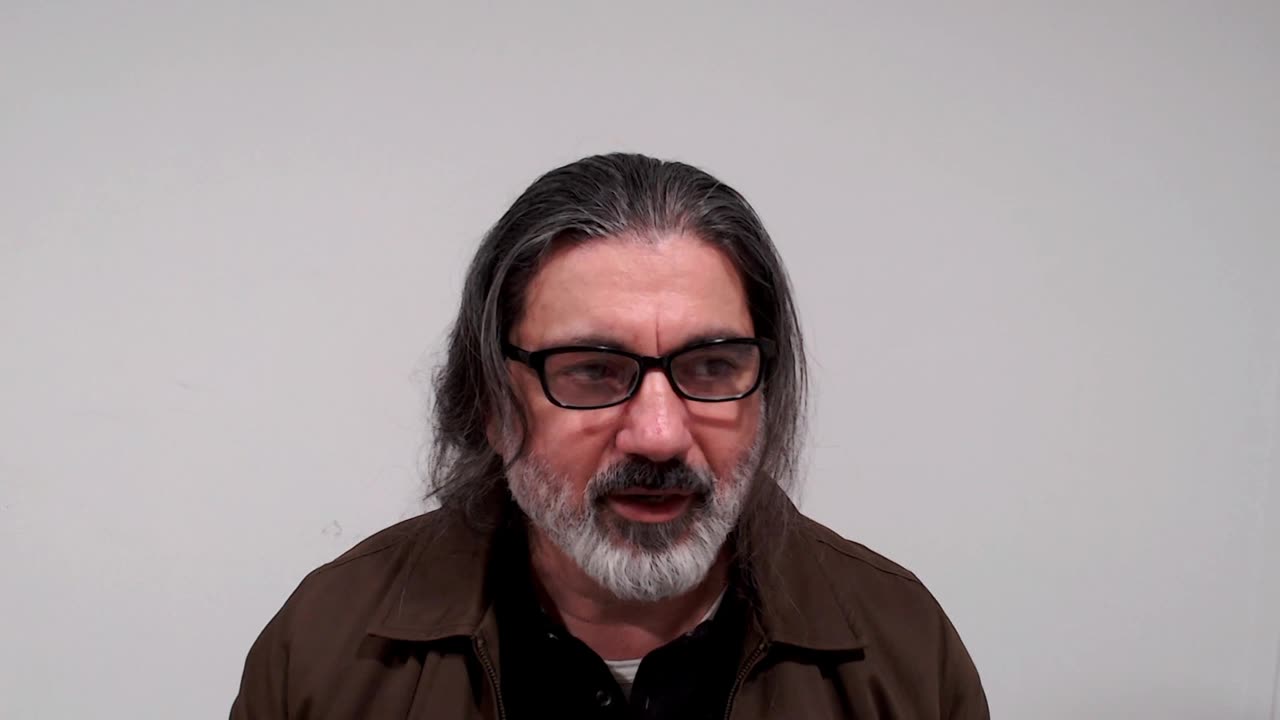Premium Only Content

Shooting From The Hip 21 - Aquatic Ape Hypothesis, "Sea Nomads": Sama Bajau, Orang Laut & Moken
Aquatic Ape Hypothesis, also known as Aquatic Ape Theory or The Waterside Hypothesis of Human Evolution
postulates that the ancestors of modern humans took a divergent evolutionary pathway from the other great apes by becoming adapted to a more aquatic habitat.
hypothesis initially proposed by English marine biologist Alister Hardy-1960, who argued that a branch of apes was forced by competition over terrestrial habitats to hunt for food such as shellfish on the sea shore & sea bed.
leading to adaptations that explained distinctive characteristics of modern humans such as functional hairlessness & bipedalism
Elaine Morgan advanced hypothesis in her 1972 book The Descent of Woman
then in detail in her 1990 book Scars of Evolution
received some favorable reviews but was subject to criticism from the anthropologist John Langdon in 1997, who characterized it as an "umbrella hypothesis"
with inconsistencies that were unresolved & a claim to validation via the principle of parsimony(extreme unwillingness to use resources) that was false
The hypothesis is highly controversial & has been criticized by many as a pseudoscience
Asia's Sea Nomads: Who are the sea nomads?
3 groups of around a million people across Asia regarded as the "sea nomads" - Sama Bajau, Orang Laut & Moken
Bajau: people live across the southern Philippines, Indonesia & Malaysia
rough estimates, number about 1 million people
possibly thousands years, they have been living on house boats, travelling from place to place in the waters of South-East Asia & visiting land only occasionally
-Bajau get most of their food directly from the ocean - their diet consists of many kinds of fish to sea urchins & octopi - spearfishing or gathering at low tide from tide pools
hold their breath for over 5 minutes, while highly trained divers from other populations can only hold it for 3 or 4
Religion vary among Sama-Bajau; strict adherence to Sunni Islam - folk Islam
-Orang Laut: a Malay term, literally means 'sea peoples' are several seafaring ethnic groups, tribes living around Singapore, peninsular Malaysia & the Indonesian Riau Islands
spend most of their time on water - natives of Singapore; established themselves in the region, acting as middlemen, navigators & hired guns
Moken: also known- Mawken or Morgan; literally 'sea people'
of the 2,000 to 3,000 Moken live a semi-nomadic hunter-gatherer lifestyle heavily based on the sea
the Mergui Archipelago, a group of approximately 800 islands claimed by both Myanmar & Thailand
knowledge of the sea enables them to live off its fauna & flora by using simple tools such as nets & spears to forage
which impact the environment minimally than other more intensive forms of subsistence
believe strongly that natural resources cannot be owned individually, something for the entire community without restrictions
egalitarian society, ancestral worship
Can humans adapt to living on the & working underwater?
Evidence that humans can genetically adapt to diving has been identified for the first time in a new study.
evidence suggests that the Bajau, have genetically enlarged spleens enable them to free dive to depths of up to 70m
In 1999, Anna Gislen at the University of Lund, in Sweden was investigating different aspects of vision
It turned out that the Moken children were able to see twice as well as European children
Gislen figured that in order for the Moken children to see clearly underwater, they must have either picked up some adaption that fundamentally changed the way their eyes worked, or they had learned to use their eyes differently under water.
It had to be some kind of manipulation of the eye itself, thought Gislen. There are 2 ways in which you can theoretically improve your vision underwater. You can change the shape of the lens - which is called accommodation - or you can make the pupil smaller, thereby increasing the depth of field.
Their pupil size was easy to measure – & revealed that they can constrict their pupils to the maximum known limit of human performance.
But the Moken children are able to do both – they can make their pupils smaller & change their lens shape. Seals & dolphins have a similar adaptation.
How long can the Bajau stay underwater? - they can reportedly hold their breath for 13 minutes. The Bajau people's nomadic lifestyle has given them remarkable adaptions, enabling them to stay underwater for unbelievable periods of time at a depths of 230 feet (70 meters)
-
 1:36:50
1:36:50
Redacted News
1 hour agoThe TRUTH in Ukraine has been EXPOSED by Trump and they are melting down | Redacted w Clayton Morris
24.3K45 -
 2:05:35
2:05:35
The White House
3 hours agoPresident Trump Hosts a Reception Honoring Black History Month
9.44K21 -
 1:02:57
1:02:57
In The Litter Box w/ Jewels & Catturd
22 hours agoKASH CONFIRMATION TODAY! | In the Litter Box w/ Jewels & Catturd – Ep. 746 – 2/20/2025
46.1K43 -

VSiNLive
1 hour agoFollow the Money with Mitch Moss & Pauly Howard | Hour 1
7.49K1 -
 LIVE
LIVE
John Crump Live
5 hours agoUSA v. Canada! Bigger Than Just A Game
158 watching -
 LIVE
LIVE
Revenge of the Cis
2 hours agoEpisode 1450: Wet Work
1,628 watching -

vivafrei
8 hours agoKash Patel Confirmation Hearing LIVE! Jan. 6'er Kicked Out of CPAC? DOGE Wins in Court? & MORE!
223K224 -
 5:08:38
5:08:38
Barry Cunningham
8 hours agoTRUMP DAILY BRIEFING: KASH PATEL VOTE | WHITE HOUSE PRESS CONFERENCE | DOGE UPDATE
34K20 -
 1:57:54
1:57:54
The Quartering
6 hours agoRand Paul Praises Trump, Amazon Takes Control of Bond, and Delta Gives Passengers $30,000
70.7K30 -
 1:01:59
1:01:59
The White House
4 hours agoPress Secretary Karoline Leavitt Briefs Members of the Media, Feb. 20, 2025
81.2K89